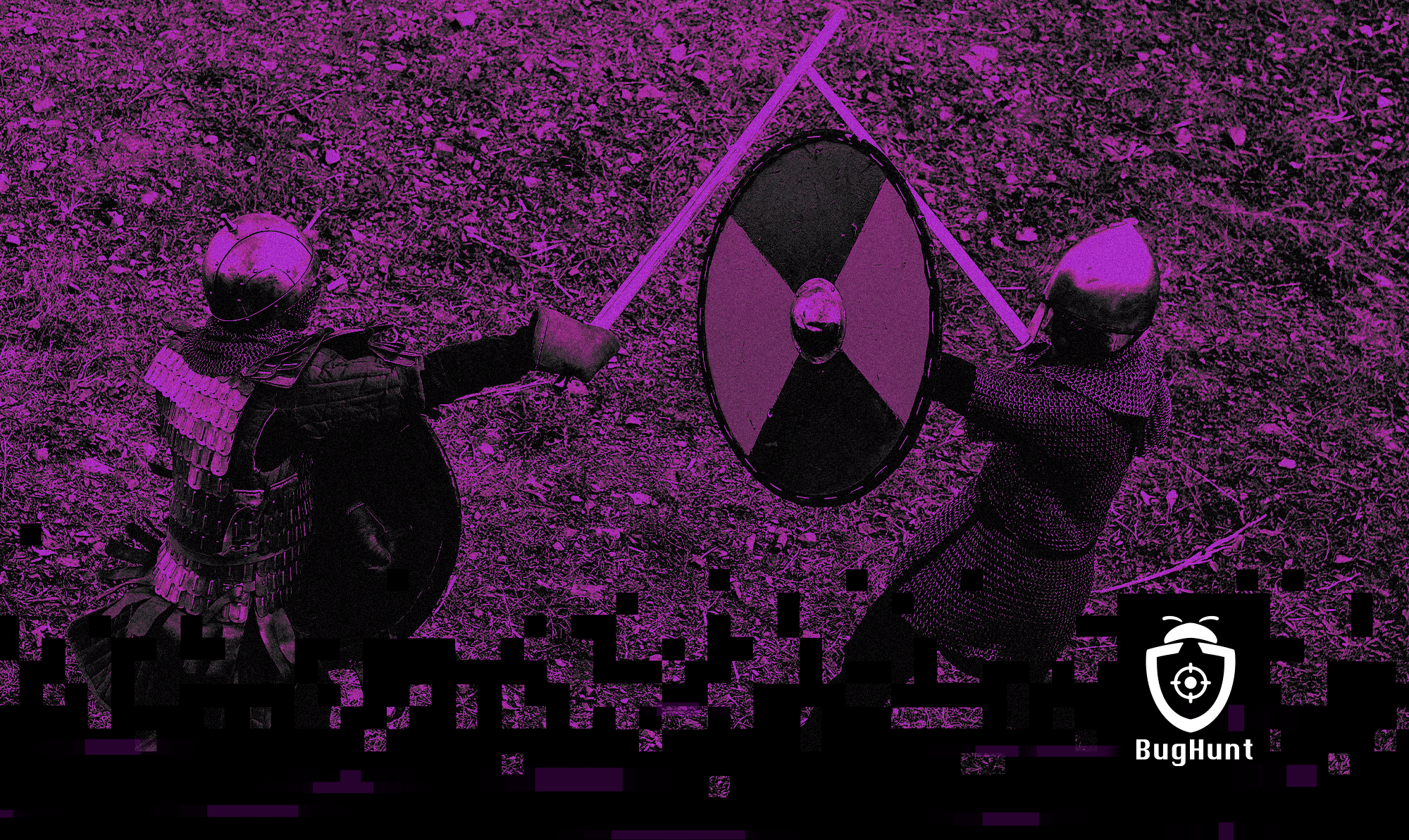Cyberattacks: What Are They and How to Protect My Company

Data security has become one of the top concerns for public institutions and businesses in the market. One reason for this heightened attention is the increasing number of cyberattacks reported each year.
The rise in companies adopting remote work, outsourcing services, frequent cloud usage, among other factors, has facilitated processes but also led to numerous incidents of system attacks.
According to data published by FortiGuard Labs, there were 8.4 billion attempted cyberattacks in Brazil alone in 2020.
But what exactly are these cyberattacks, and how can you protect your company from these threats? Read on to find out.
What Are Cyberattacks?
Cyberattacks aim to maliciously control, invade, destroy, or disrupt a system or digital environment. Also known as cyberattacks, they are carried out by cybercriminals who typically seek access to controlled and confidential data and information.
Cyberattacks have become so widespread in recent years that they are now considered crimes and even a modern-day weapon. These attacks can cause various problems for businesses, including: loss of user and employee data, operational downtime, financial losses, negative reputational impact, and more.
Common Types of Cyberattacks
The term "cyberattacks" is quite broad and can encompass various methods of system invasion. With specific objectives, some strategies are more complex than others. However, all forms have the potential to cause problems and damage to varying degrees. Here are some examples of cyberattacks:
- Ransomware Ransomware is one of the most rapidly growing types of cyberattacks in recent years, primarily due to the increase in remote work. This attack works like a data kidnapping, blocking access to all files on the compromised server. To release the data, cybercriminals demand a ransom, typically paid in bitcoins.
- Backdoor A well-known method, a backdoor allows persistent access and control of the infected system. This enables the cybercriminal to maintain access to the target and install unauthorized programs, delete files, among other issues.
- Phishing Phishing is a cyberattack method that deceives the user into performing a specific action, thereby granting access to confidential data and information. This information can include bank details, CPF (Brazilian social security number), address, passwords, etc. The strategy may direct the user to a fake page that closely resembles a trusted institution to collect their data.
- DDoS Attack DDoS (Distributed Denial of Service) is a type of cyberattack that threatens the operation and stability of corporate systems. This method overloads the server's activities, making the system slower and rendering the website and access unavailable.
- Web Application Attacks Nowadays, all companies have websites and applications that support their corporate processes. These applications are often exposed to the internet, making them a fertile attack surface if proper controls are not in place. Therefore, it is important to be aware of the OWASP Top 10 and apply appropriate controls for each risk.
Dangers of Cyberattacks
Above, you can learn about some types of cyberattacks and what they can cause to systems. It’s important to note that beyond these mentioned, there are several other attacks that can cause problems for your company.
Cyberattacks can lead to financial losses for the business and all its users, who may also have their data stolen. Besides financial issues, a loss of credibility can develop, which is also detrimental to business.
Cyberattacks are considered crimes and should be reported before more severe invasions or threats occur.
How to Protect Your Company from Cyberattacks?
Certainly, all this information has given you an idea of how dangerous cyberattacks can be and how they can harm your life and business. But the key question, especially for those not deeply familiar with digital environments, is how to protect against these cyber threats. Among the methods are:
- Conducting security tests (pentests)
- Creating a Bug Bounty program with BugHunt
- Vulnerability management
- Internal information security training
- Investing in system updates
- Investing in security resources
Vulnerability Management with Bug Bounty
One of the best methods for dealing with cyberattacks is prevention. This means ensuring that these cyberattacks don’t even occur or, if they do, that your systems and professionals are prepared to combat them.
One of the most effective strategies is investing in Bug Bounty: a reward program where ethical hackers identify vulnerabilities in partner companies' systems before cybercriminals can exploit them.
When these problems are found, the ethical hacker notifies the company so it can devise protection strategies. In return for their service, these professionals receive rewards.
And what better way to uncover what cybercriminals might do within a system than with partner hackers, right?
For those interested in investing in this method: BugHunt is Brazil’s first Bug Bounty platform, working with professionals who have tested and proven skills, offering the necessary support to companies seeking to protect themselves from dreaded cyberattacks. Learn more about us!

